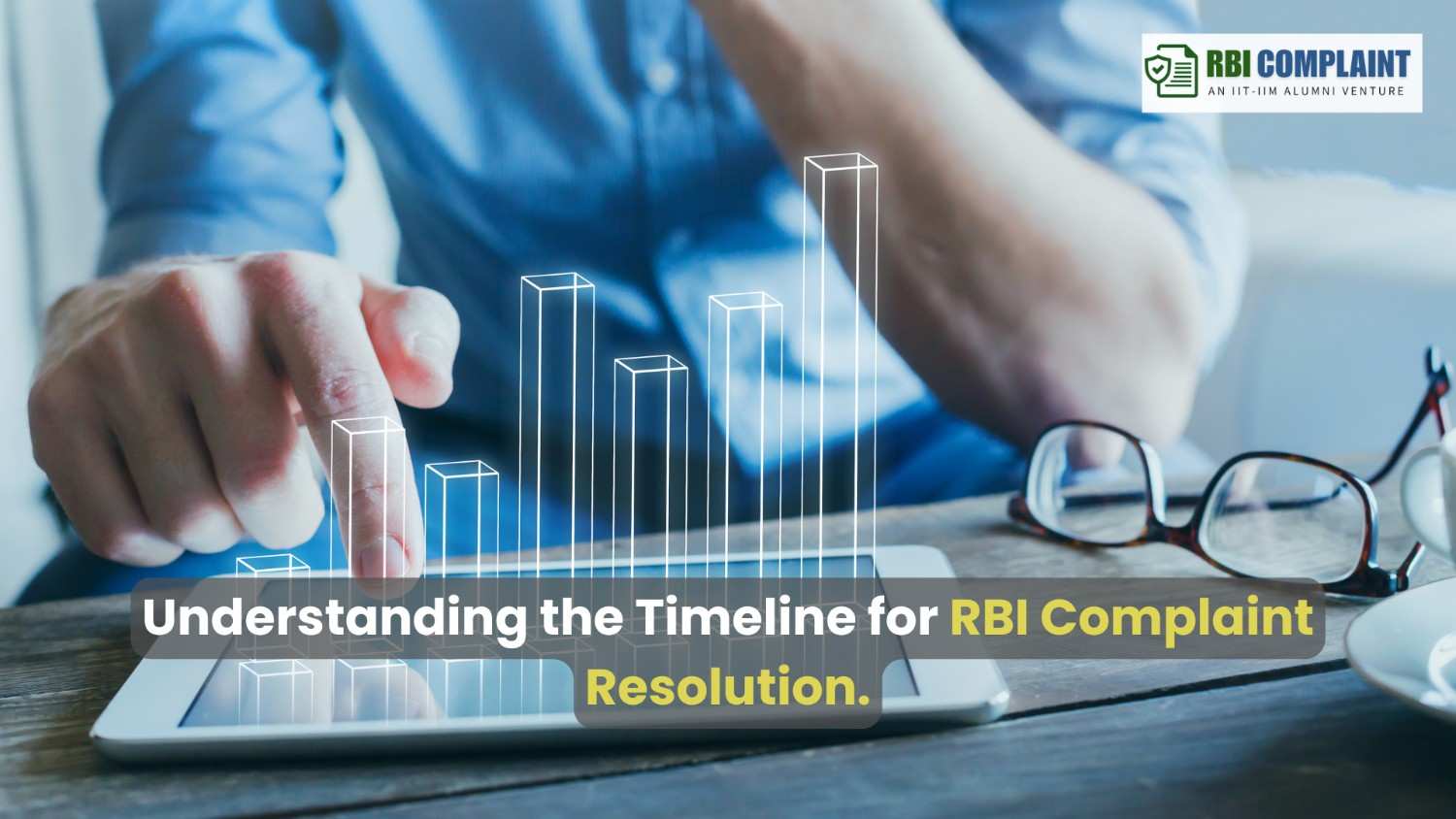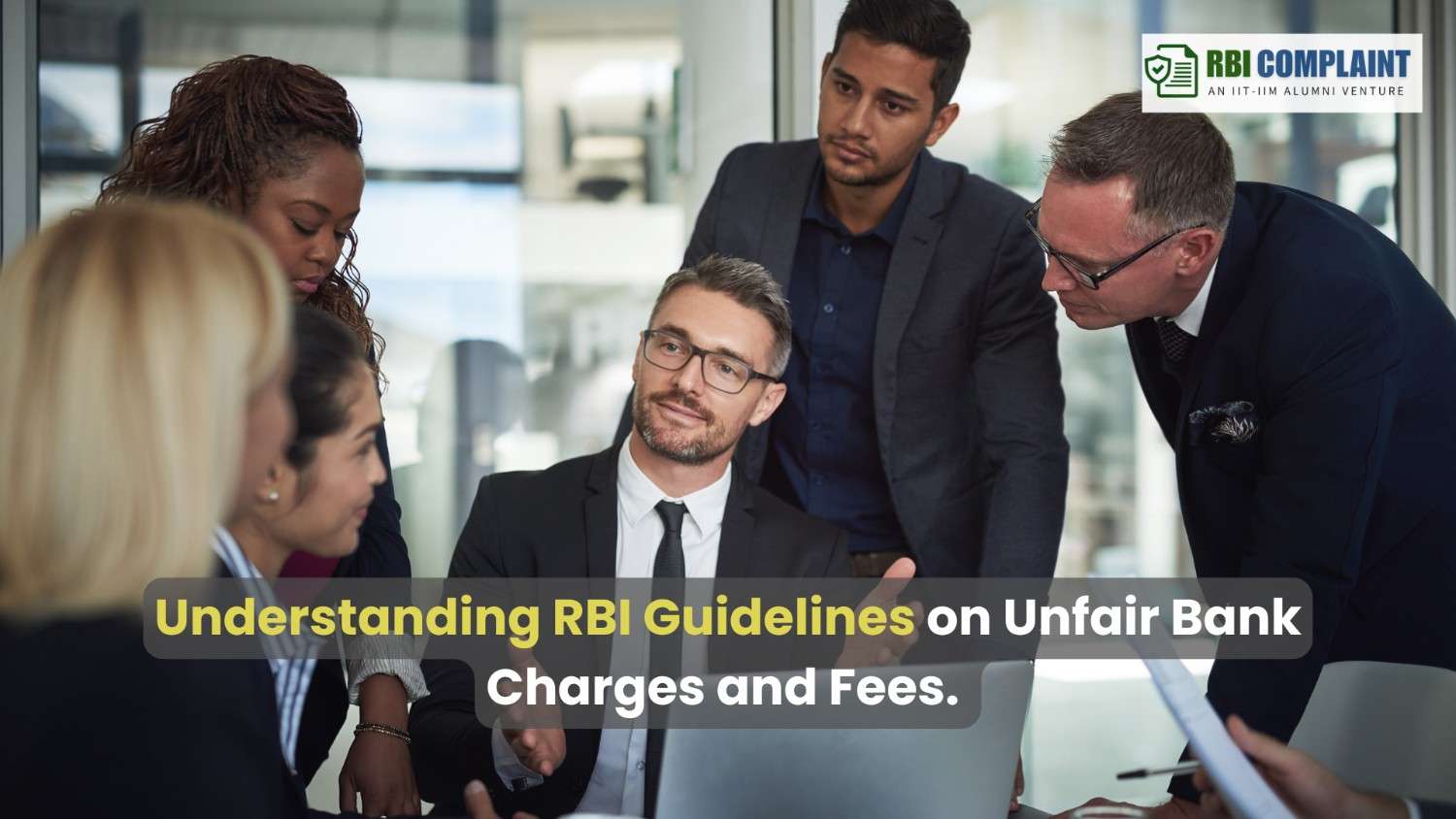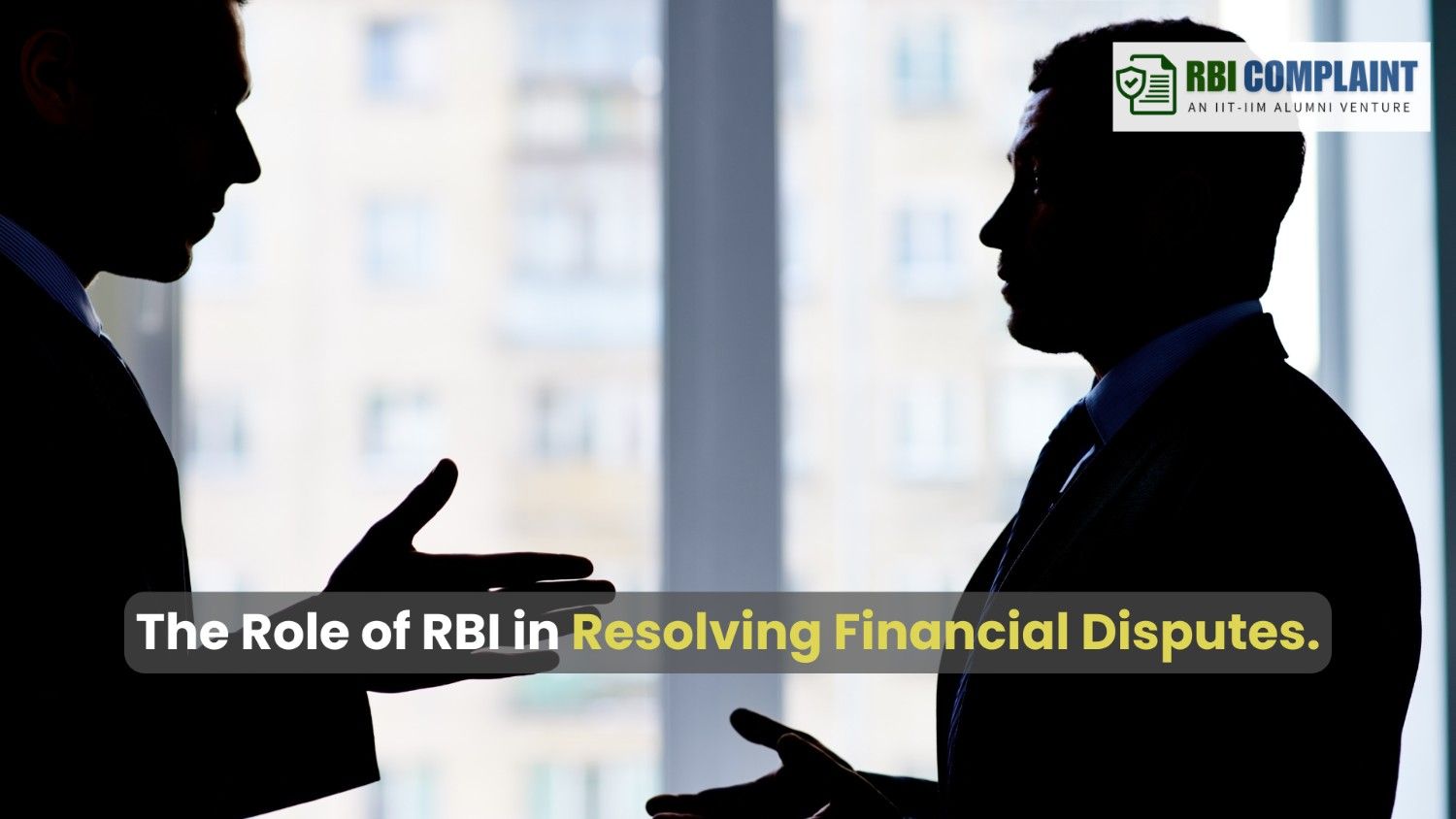· Finance · 4 min read
Understanding the Timeline for RBI Complaint Resolution
Learn about the RBI complaint resolution timeline, including how long it takes to address banking grievances, the process involved, and what steps you can take for faster resolution.

The Reserve Bank of India (RBI) provides a structured grievance redressal mechanism to address customer complaints related to banking services . Understanding the complaint resolution timeline can help customers set realistic expectations and take appropriate action when needed.
Step-by-Step Process & Timeline
Filing a Complaint with the Bank (Up to 30 Days)
Customers must first approach their respective bank with their grievance.
The bank is required to resolve the issue within 30 days of receiving the complaint.
Escalation to the RBI Ombudsman (30-60 Days)
If the bank does not respond satisfactorily or within 30 days, the customer can escalate the complaint to the RBI Ombudsman via the Complaint Management System (CMS) online.
The Ombudsman reviews the complaint and seeks resolution within 30 to 60 days, depending on the complexity.
Review by the Appellate Authority (Within 30 Days of Ombudsman Decision)
If the customer is not satisfied with the Ombudsman’s decision, they can appeal to the Appellate Authority (Deputy Governor of RBI) within 30 days of the decision.
The final decision is generally provided within a reasonable timeframe based on the case’s specifics.
Total Expected Timeline for Complaint Resolution
Bank Level: Up to 30 days
Ombudsman Level: 30 to 60 days
Appellate Level: Variable (usually within a few weeks to months)
Key Takeaways
Always file a complaint with the bank first before escalating.
The RBI Ombudsman ensures resolution within 30-60 days after escalation.
Customers have the right to appeal if dissatisfied with the decision.
The entire process can take anywhere from 30 to 90+ days based on the complexity of the case.
Understanding these timelines ensures you follow the correct procedure and take timely action for faster resolution of your banking complaints.
Additional Steps for Faster Complaint Resolution
To ensure a smooth and quick resolution of your complaint, consider the following best practices:
Maintain Proper Documentation
Keep copies of all complaint letters, emails, and responses from the bank.
Note down complaint reference numbers and dates for tracking purposes.
Use the RBI’s Complaint Management System (CMS)
The RBI has an online Complaint Management System (CMS) where customers can submit and track complaints.
It allows users to upload supporting documents and receive updates on the complaint status.
Follow Up Regularly
If the bank does not respond within the stipulated time, follow up via email or customer care.
Persistent follow-ups can sometimes lead to faster resolution.
Know Your Rights as a Customer
RBI guidelines ensure that banks address customer grievances within a reasonable timeframe.
If you face unfair treatment, delayed responses, or wrongful denial of services, you have the right to escalate the matter.
Seek Legal Help if Necessary
If the issue remains unresolved even after escalating to the RBI Ombudsman, you may consider seeking legal advice.
Consumer courts and financial dispute resolution forums can also help if you have strong grounds for the complaint.
Common Types of Complaints Handled by RBI
The RBI Ombudsman deals with a variety of banking complaints, including:
- Unauthorized transactions & fraud (debit/credit card, net banking)
- Failure of banking services (ATM issues, money transfer delays)
- Loan-related issues (unfair charges, loan processing delays)
- Non-adherence to RBI guidelines (mis-selling of products, unfair fees)
- Disputes regarding digital payments (UPI, mobile wallets, NEFT, RTGS failures)
Filing a complaint with the RBI is a structured process that ensures customer grievances are addressed efficiently. By understanding the resolution timeline and following the correct steps, customers can safeguard their financial interests and ensure fair treatment from banks.
If you have an unresolved banking issue, don’t hesitate to use the RBI Ombudsman system—it is designed to protect customer rights and ensure a smooth grievance redressal process.



